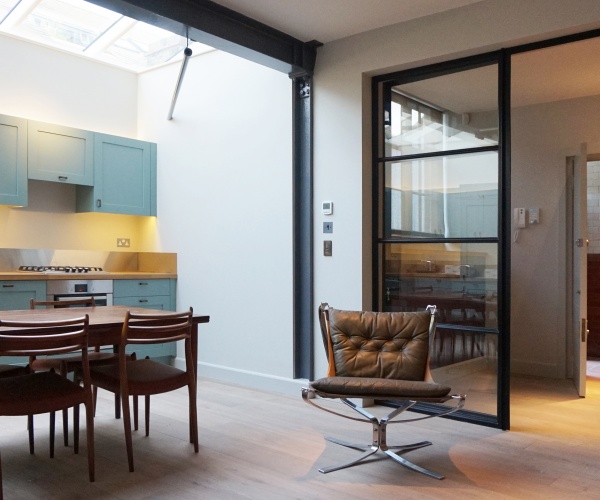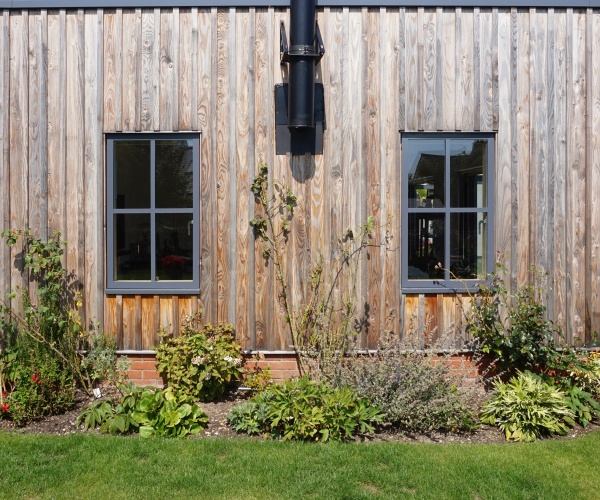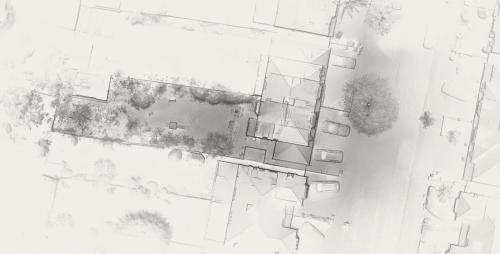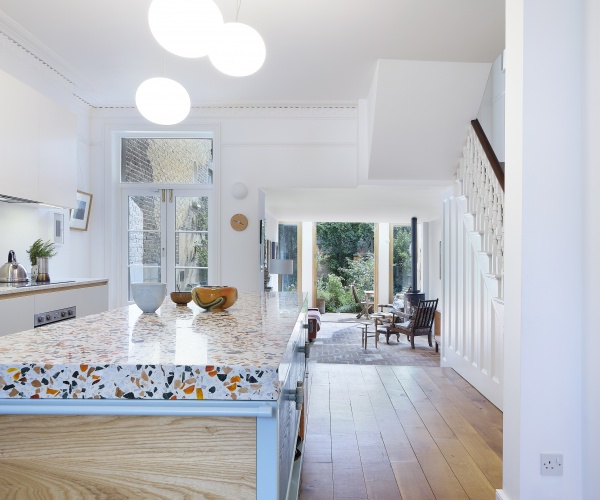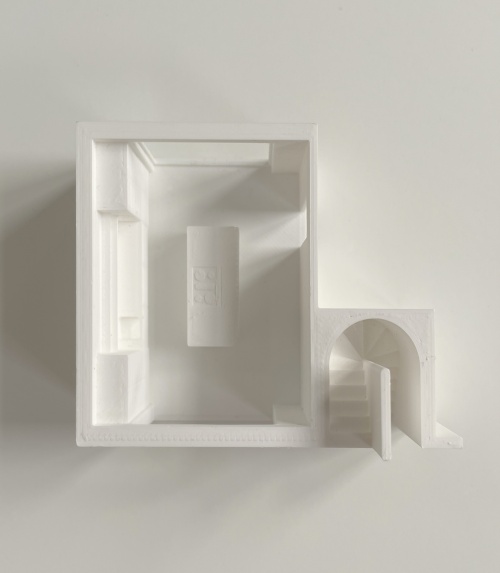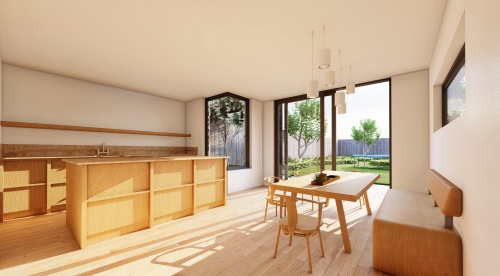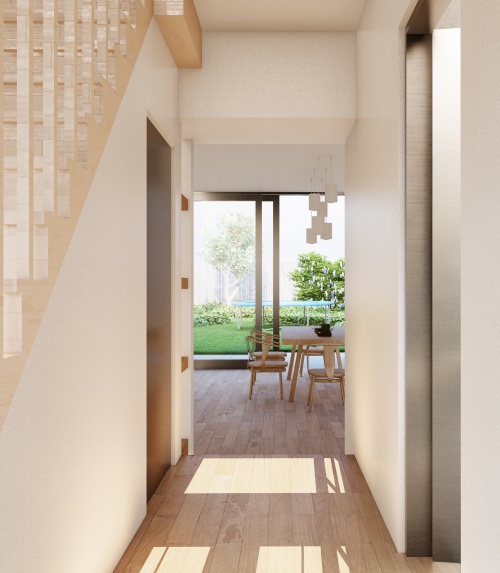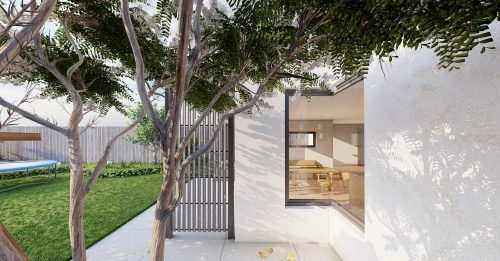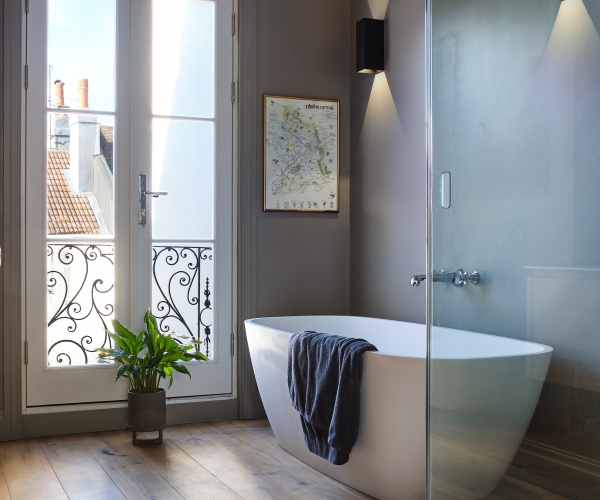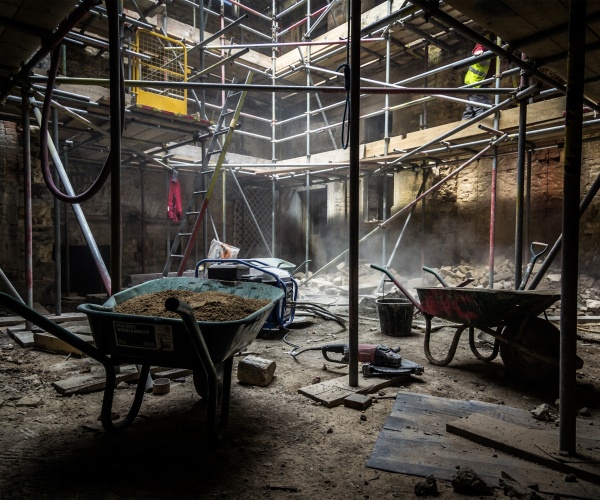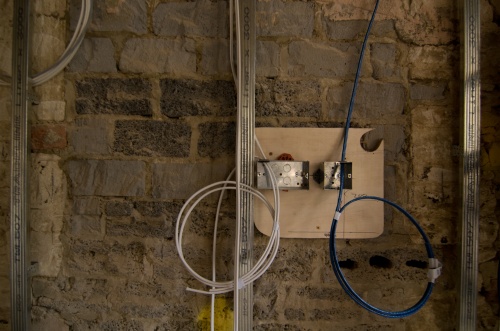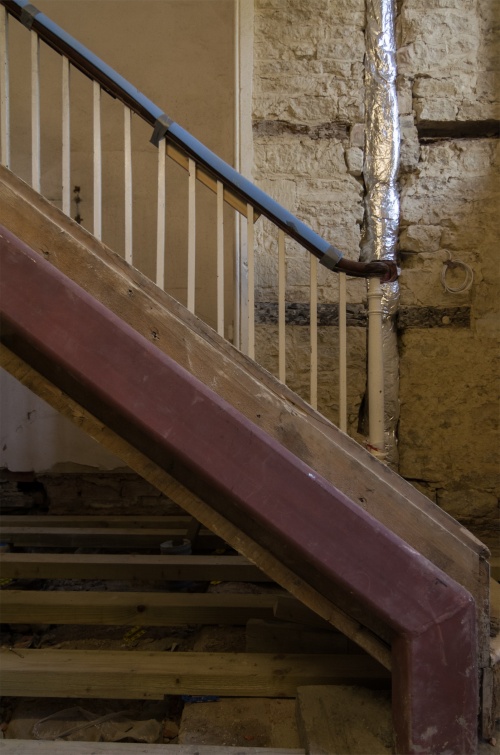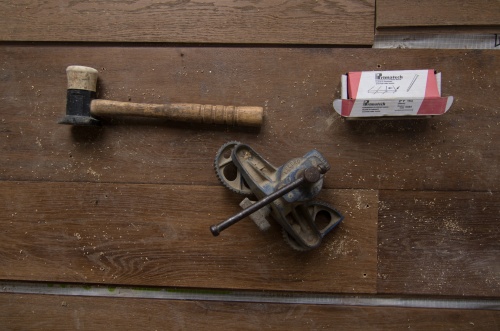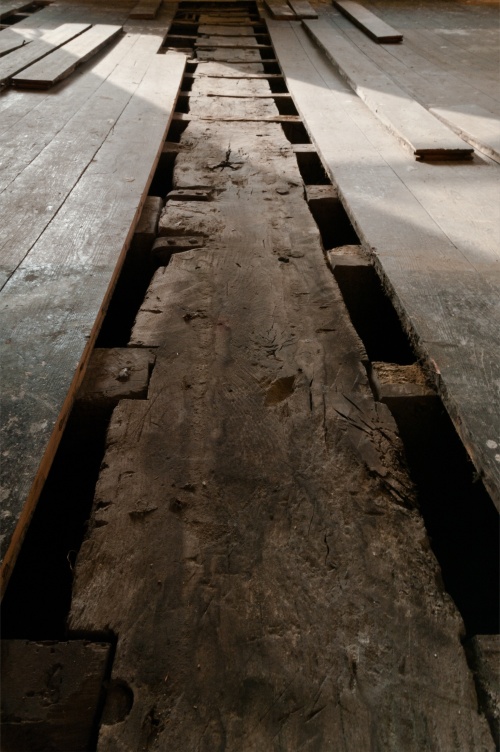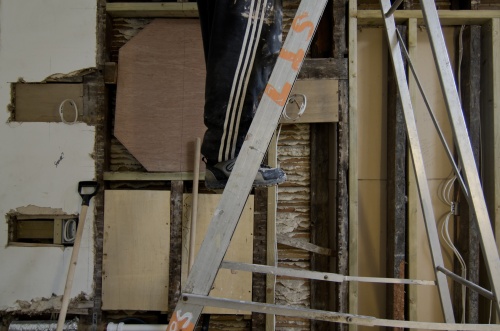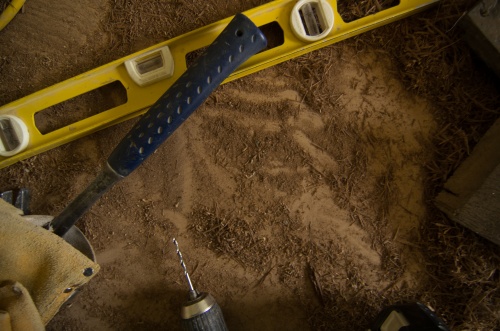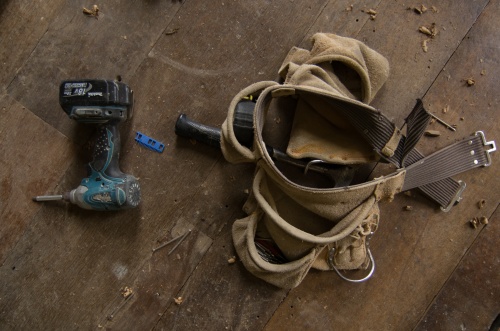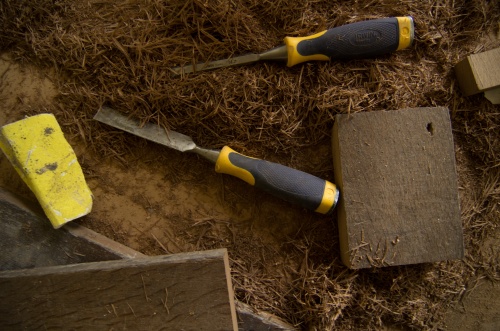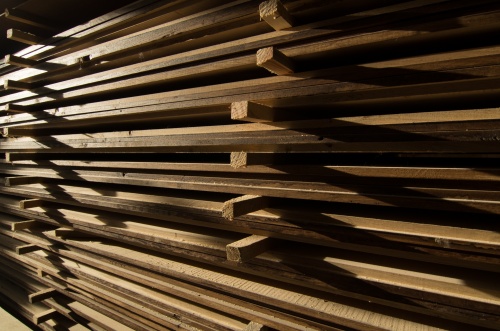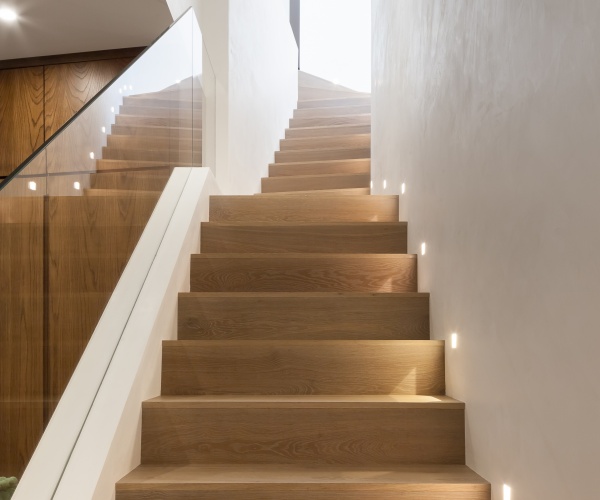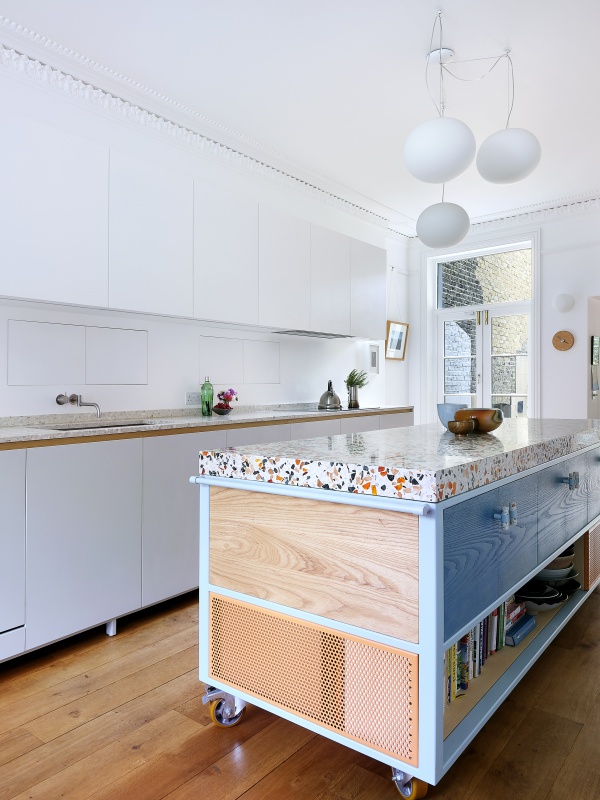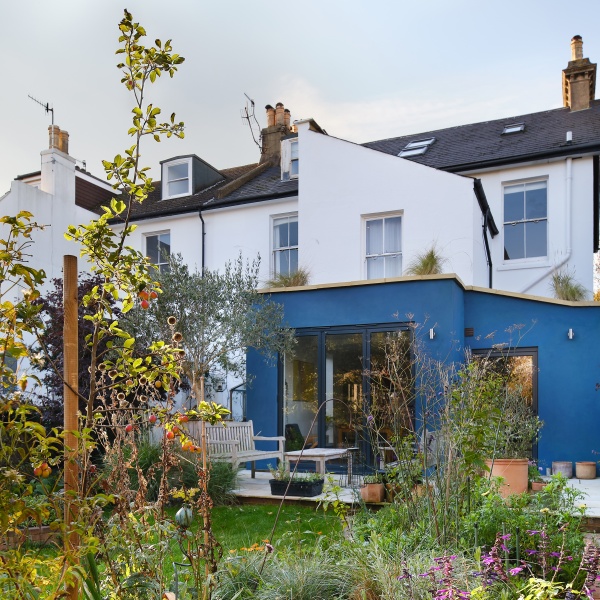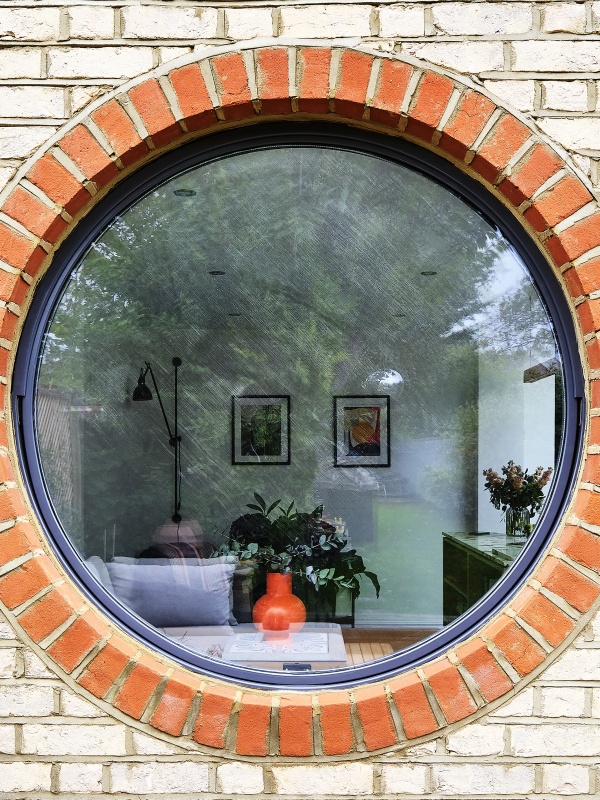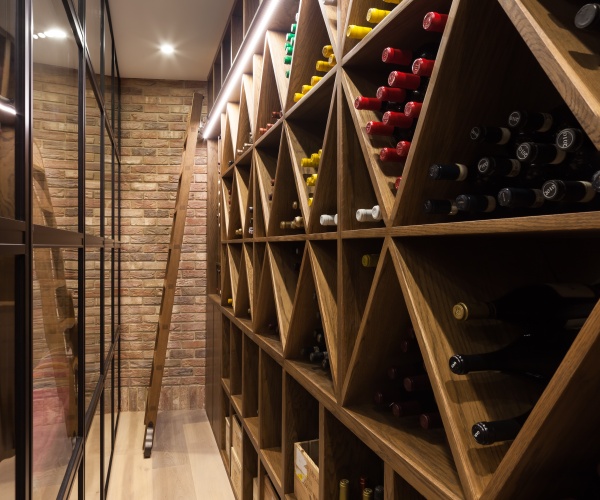
Intro Working With Us
We like to work with clients who share our values. To give you a greater understanding of what to expect when working with us, this page breaks down how we like to approach a project into 6 stages.
We offer a bespoke design service, but we follow a tried and tested structure recognised by our industry to create clarity, cost certainty and efficiency.
The key work stages of this process are listed below, along with the typical milestones achieved at each stage. This project structure is based around the Royal Institute of British Architects (RIBA) Plan of Work.
Our services, along with the terms and conditions of our appointment, will be specific to your project and will be itemised and agreed with you at the time of our appointment. You can appoint us for one or all of the work stages, depending on what you require for your project.
We work to a high level of detail with all our projects, regardless of scale. It is essential for all parties to engage with the design process early, as a rigorous design will result in fewer changes during the construction phase. Fewer late changes will ensure both cost and time certainty to our clients and good working relationships across the project team.
